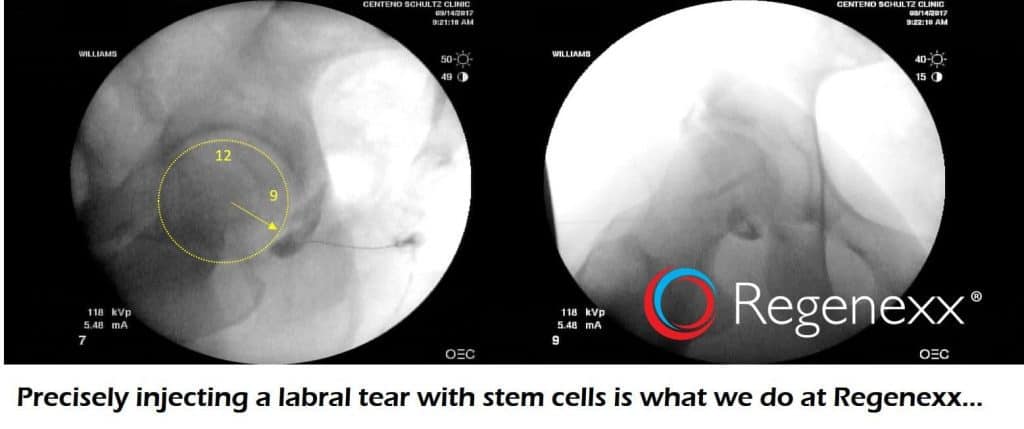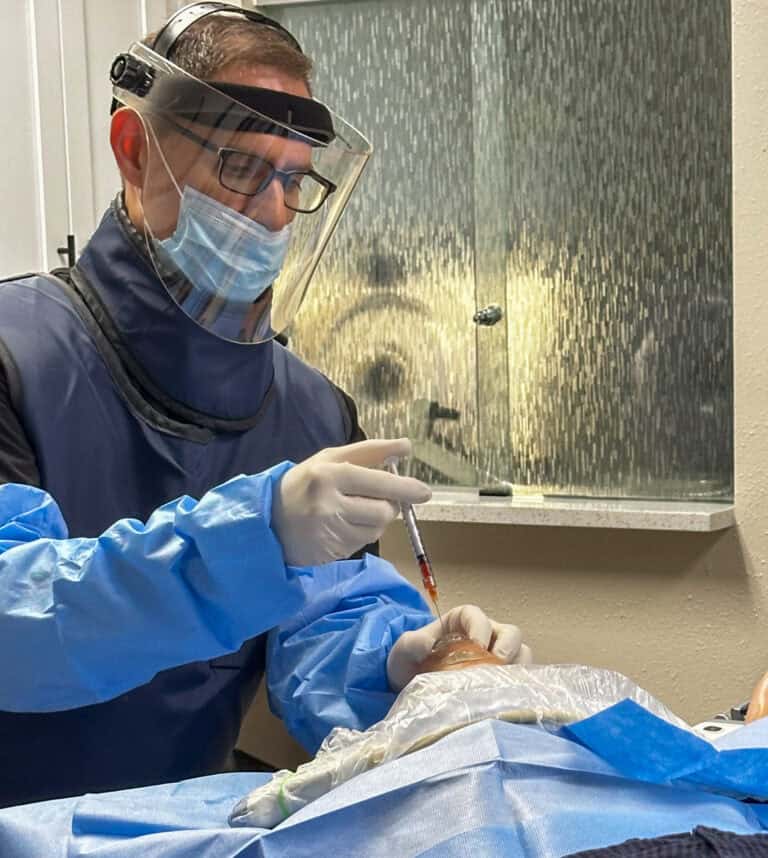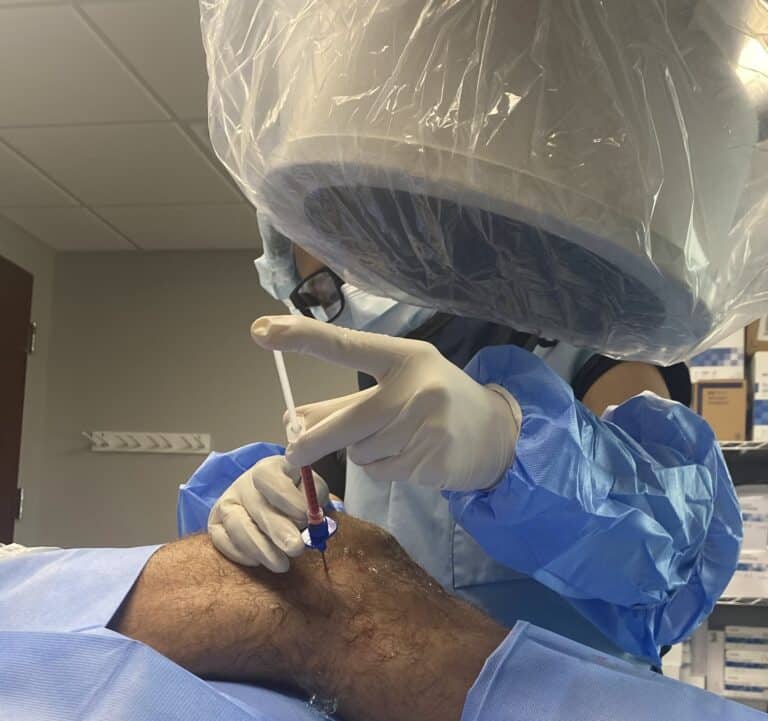Hip Labrum Tears
Think of the hip labrum as a gasket that surrounds the rim of the socket where the hip bone attaches. Its job is to assist hip stability and when injured or torn it can cause pain and catching of the joint. If you’ve failed or neglected conservative treatment such as physical therapy and rest, a common treatment for hip labral tears is arthroscopic surgery to remove the torn labrum.
Arthroscopic surgery for a labral tear consists of cutting out the damaged tissue because it can rarely be sewn back together. This method has generated an entire multibillion-dollar surgical industry in which there is very little hard evidence of success. Removing the labrum does not ultimately fix the problem long term. In fact, it may cause more stability issues and increased susceptibility to arthritis over time.
Luckily, there are alternatives to invasive surgery. If your primary complaint is pain and you have no “locking” symptoms, you should consider forgoing surgery and looking into Regenexx stem cell or platelet treatments depending on the degree of your problem. If arthritis is already present in the hip, then the Regenexx stem cell treatment (Regenexx SD) could help in treating both the labral injury and your arthritis.
Precise Injections or Interventional Orthopedics
Not all injection skills are created equally. Physicians highly skilled in image-guided injection procedures to place high-dose platelets or stem cells into a specific spot in the body require intensive training. The vast majority of providers offering PRP or stem cells are injecting low-quality products utilizing low-level injection skills.
How the product is made and precision placement matters. In short, most of what your family doctor, a physician extender at a chiropractic office, or even an orthopedic surgeon knows how to do are simple injections either blind or possibly with ultrasound. Even worse, some providers are injecting these products in an IV or randomly somewhere near the vicinity and telling patients that “stem cells know where to go”. Our advice is to run the other way.
Another scam is the fraudulent advertising and use of birth tissue products derived from umbilical, placental, and amniotic tissue. Although these tissues have living stem cells at the time of birth, the products sold are devoid of living stem cells as documented by multiple independent laboratories. Not to mention the fact that the FDA requires that these products be devoid of living cells otherwise they’d need to go through FDA approved clinical trials (which no manufacturer has done).
The same can be said about stem cells derived from fat tissue. Again, the FDA considers this to be a drug and is currently not allowed in the U.S. Right now, there are opportunists who are negatively impacting the reputation of a valid and successful medical approach done by highly skilled and compassionate physicians in order to make a buck.
We’re waiting for the FDA to step up enforcement in 2020. The interventional orthopedic procedures we are discussing here are quite different. Regenexx has the largest database registry in the world tracking patients for safety and outcomes utilizing their protocols. We understand who is and isn’t a candidate.
A Hip Labrum Tear Stem Cell Procedure with Ultrasound and Fluoroscopy
Ninety-nine percent of all the injections that you could get in your hip tomorrow are not specifically targeting tears in your hip labrum. Precise, hip labrum stem cell injection procedures have not traditionally been taught to physicians or other providers. Regenexx physicians have all been trained through the Interventional Orthopedics Foundation (IOF).
In order to understand where a hip labrum tear is located, radiologists have created a few naming systems. The simplest one uses a clock face. In the image below, you can see that this patient’s labral tear was at the eight o’clock position.

While it may seem like a simple process to inject this spot without guidance, the chances of hitting it that way would be less than 1 in 100. Even with ultrasound imaging, it is not easy.
By using real-time X-ray imaging and ultrasound, we can ensure that the stem cells find the exact location of the tear. In the image, the dark area where the hour hand points to the eight is the contrast that was followed by the stem cells. The image on the right was to double confirm the placement.
In conclusion, it is not likely that you will need surgery to heal a labral tear. By ramping up local healing through an injection of high-dose platelets or stem cells, the goal of healing your tear can be accomplished.










